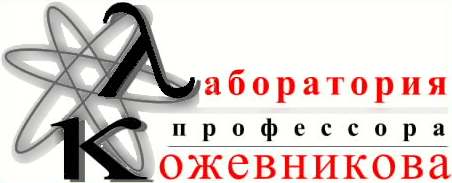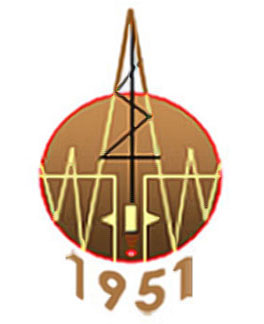

КАФЕДРА ГИС РГУ НЕФТИ И
ГАЗА имени И.М.ГУБКИНА
![]()
![]()
![]()
![]()
![]()
![]()
![]()
|
КАФЕДРА ГИС РГУ НЕФТИ И
ГАЗА имени И.М.ГУБКИНА
|
|
|
Adaptive logging data interpretation technique with geological intelligence The technique is based on:
Precision of quantitative interpretation results are provided by:
The adaptive interpretation technology of logging data has not any analogues. There are three main differences of this technique from all other known ones. First of all, this analysis procedures are not required using of hypothetical dependences (gamma-activity vs clayness or porosity vs hydrogen index, for example). Secondly, all formation components content (matrix, clay, fluid, SOM, coal etc.) are determined simultaneously without following corrective action. Petrophysical and geochemical regularity are emerged as the analysis result. This technique allows:
Interpretation algorithms are universal for any kind of logging tools with different constructional parameters in any environment conditions.
Papers and References in English
A new approach to rock component analysis using “adaptive petrophysical tuning” provides three crucially new benefits: an original method for interpreting well logs; an algorithm for adaptive tuning and a reliable method of isolating reservoirs within a section.
An interpretation model based on the “radial geometrical factors concept” is developed to describe the count rate of a formation density logging multi-spaced tool.
Lectures in Schlumberger Doll Research, 1991
|
|
Лаборатория профессора Д.А.Кожевникова © 17.04.2009 |